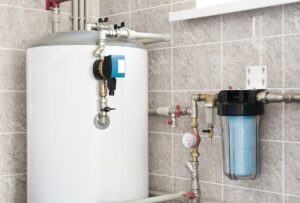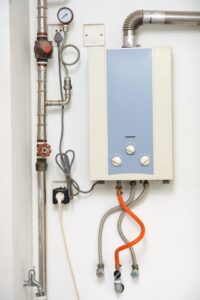Water heaters come in all shapes and sizes, which is primarily why it’s in your best interest to know the difference! We’re used to seeing pictures of water heater tanks, but would it surprise you to learn that nearly half of all the water heaters in existence today don’t even use tanks? These are called on-demand water heaters and they’re extremely popular.
But these kinds of water heater upgrades aren’t for every customer or every home. This blog post is going to talk about several distinct types of water heaters and how water heater service in Cedar Rapids, IA might differ depending on which on you choose. The more informed you are about the technology and the services we offer, the more likely you’ll be to make a smart choice when your financial future depends on it.
So, let’s get into it. Keep reading to learn about the water heater system that might be absolutely perfect for your home!
What are the key steps when installing a boiler?
- Evaluate your heating needs: Determine the right boiler size based on your home’s square footage, insulation, and number of bathrooms or radiators.
- Choose the right boiler type: Options include combi, system, or conventional boilers. Consider fuel type and energy efficiency.
- Prepare the installation site and obtain permits: Ensure adequate space, proper ventilation, utility access, and secure any required local permits.
- Remove the old boiler: Safely shut off utilities, drain the system, and disconnect the existing unit.
- Install the new boiler: Mount the unit, connect water and gas lines, install exhaust vents, and configure controls.
- Test and commission the system: Check for leaks, confirm settings, test safety features, and ensure full functionality.
- Provide post-installation care: Flush the system if needed, schedule regular maintenance, and educate the homeowner on use and upkeep.


